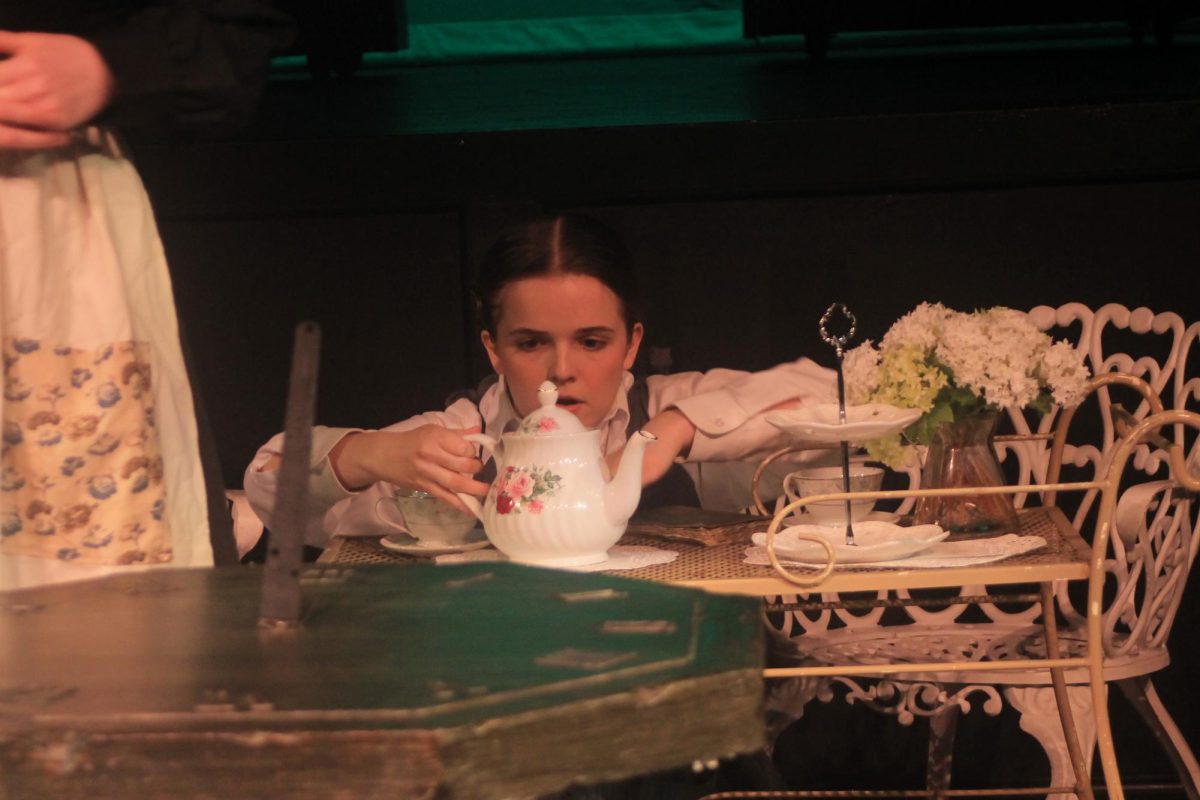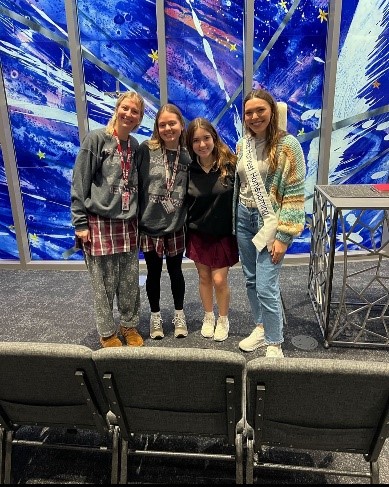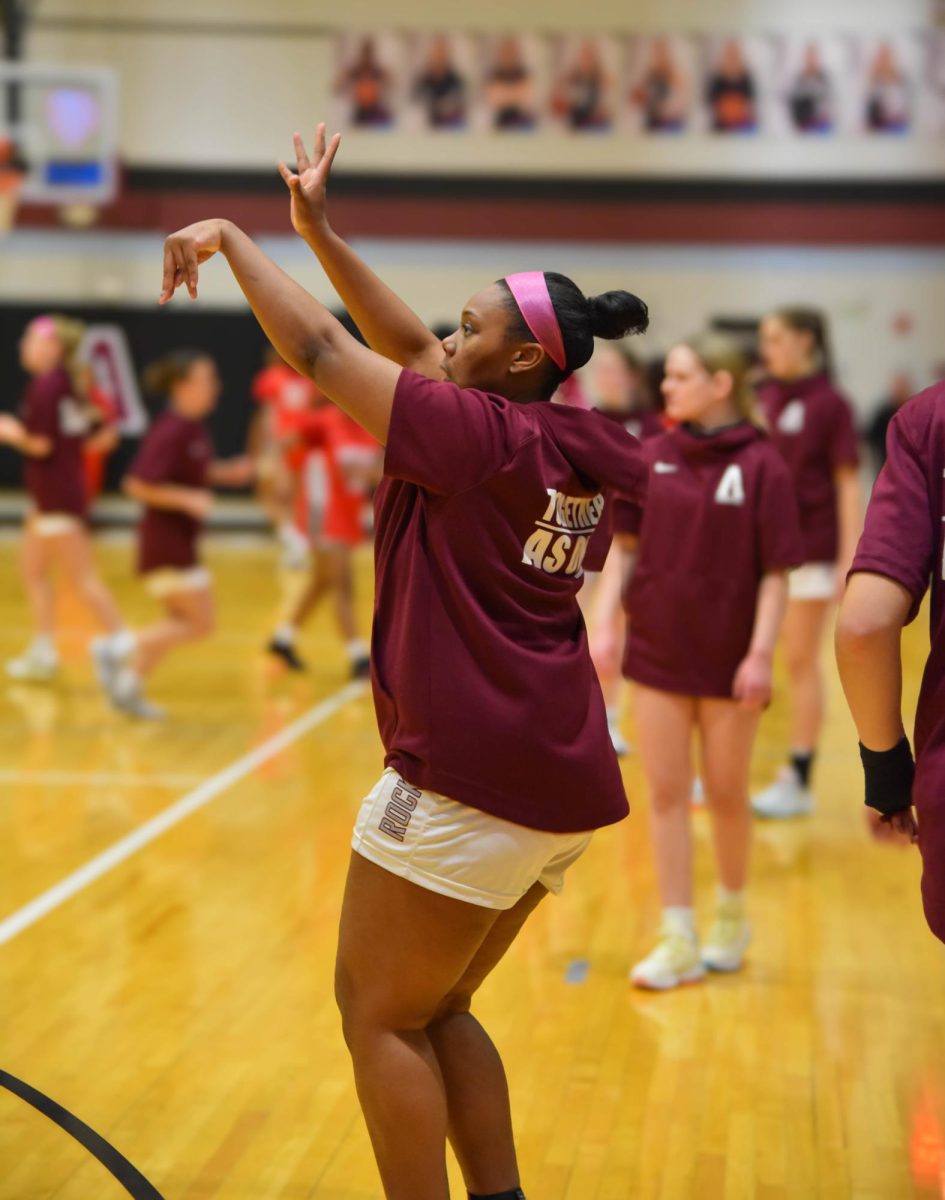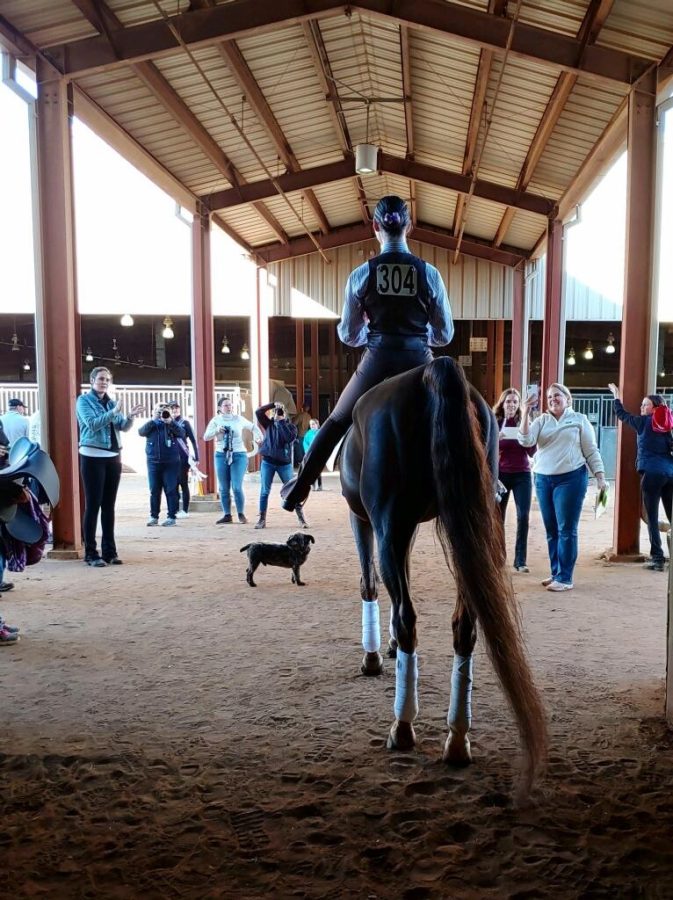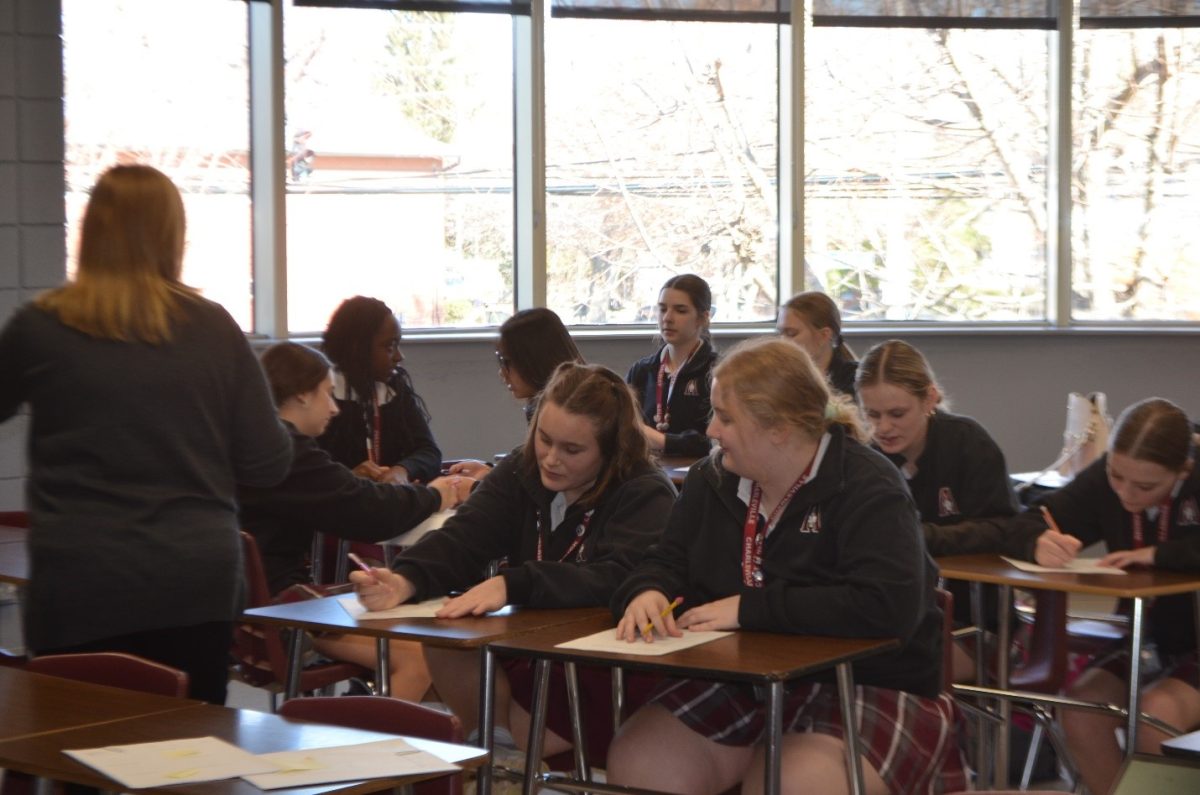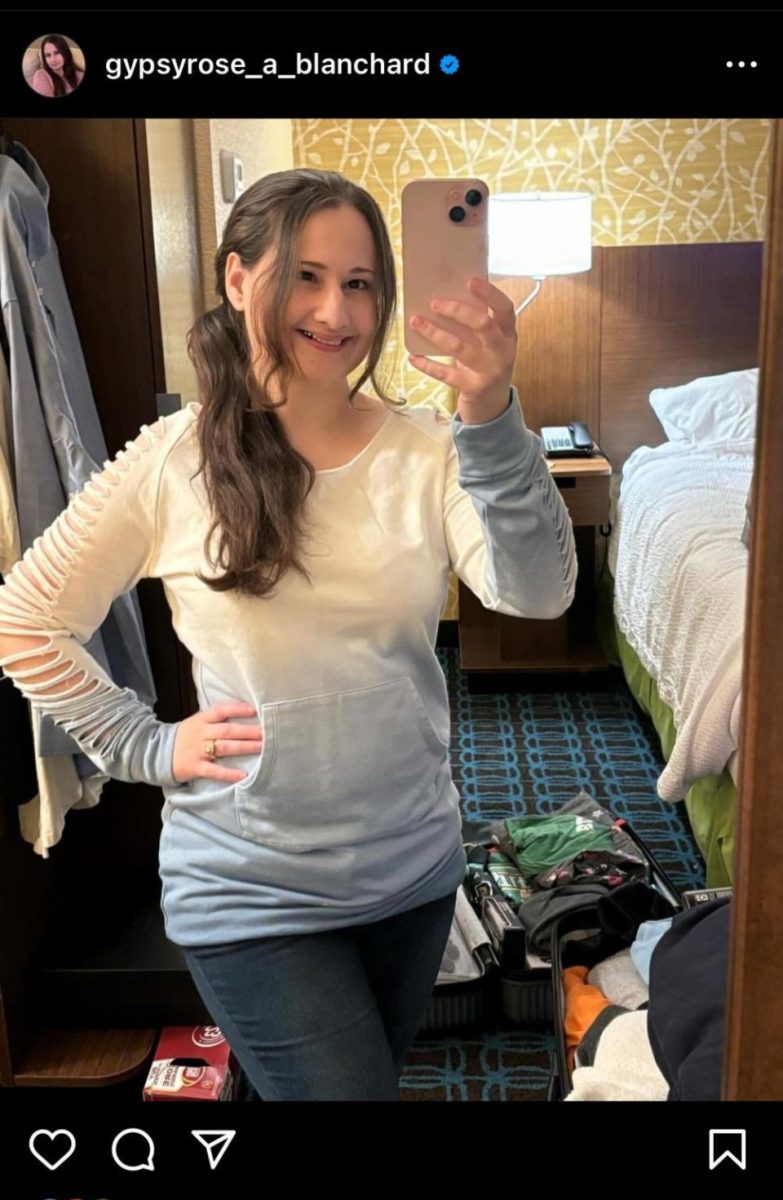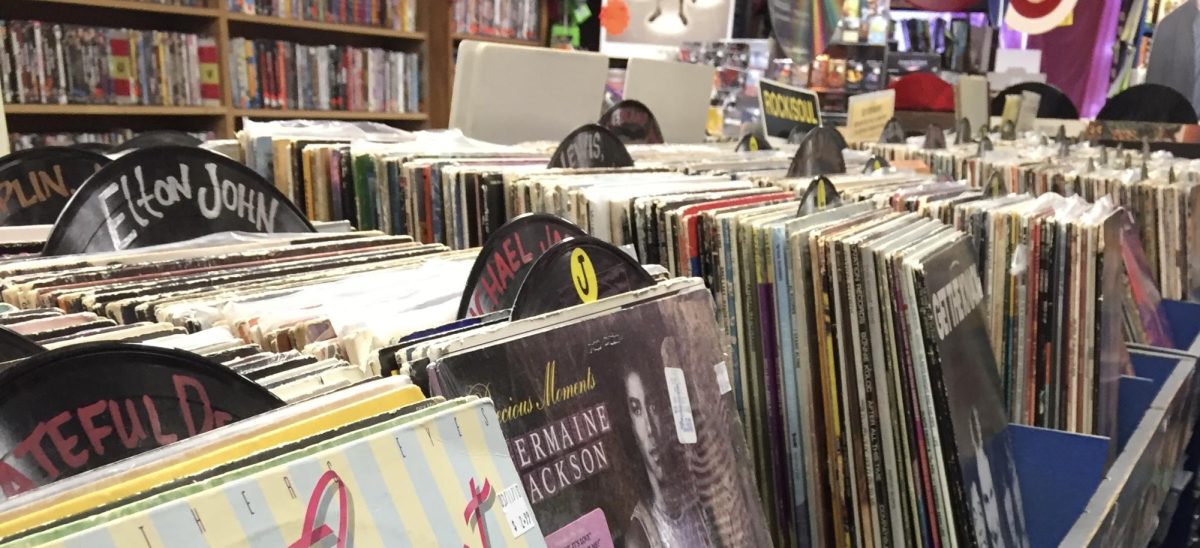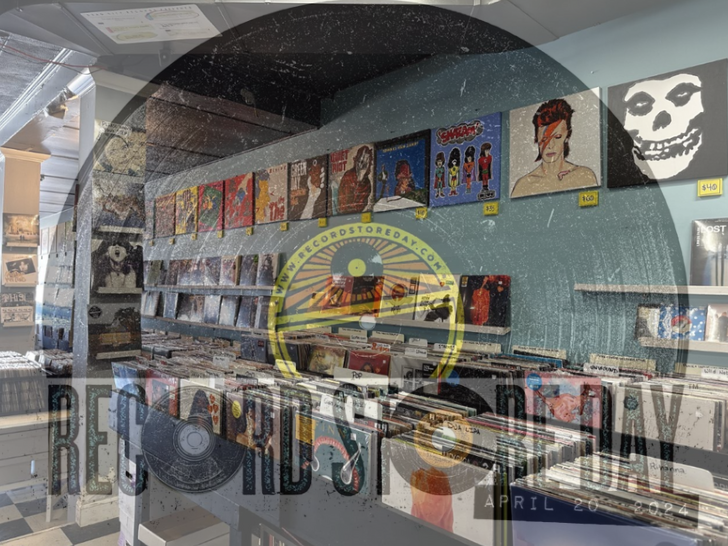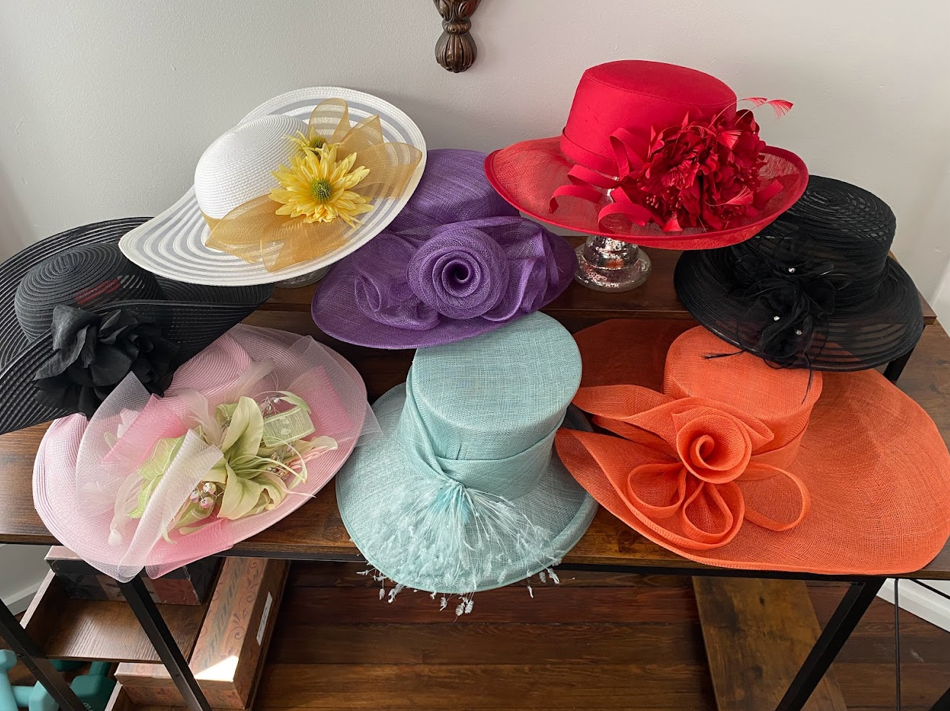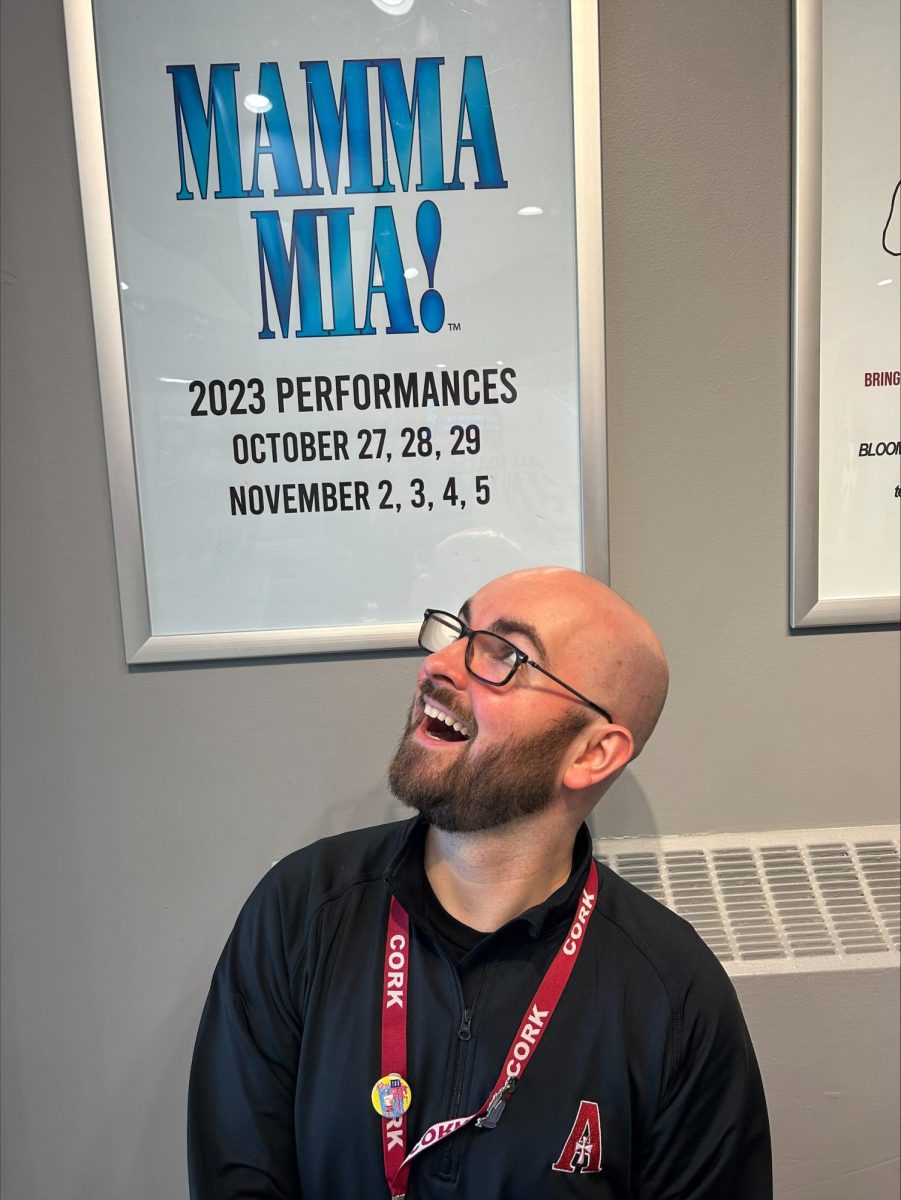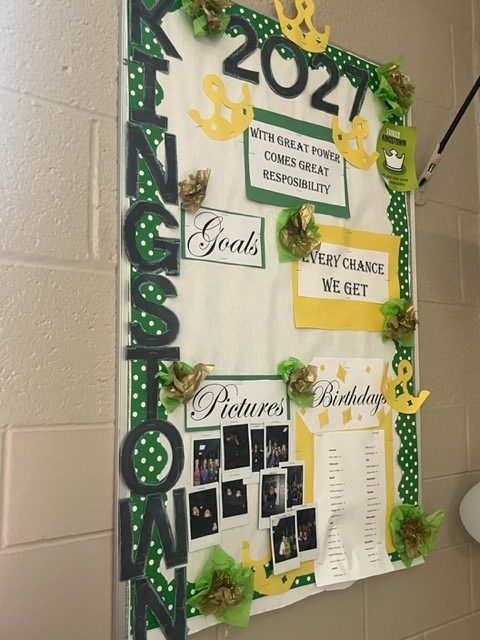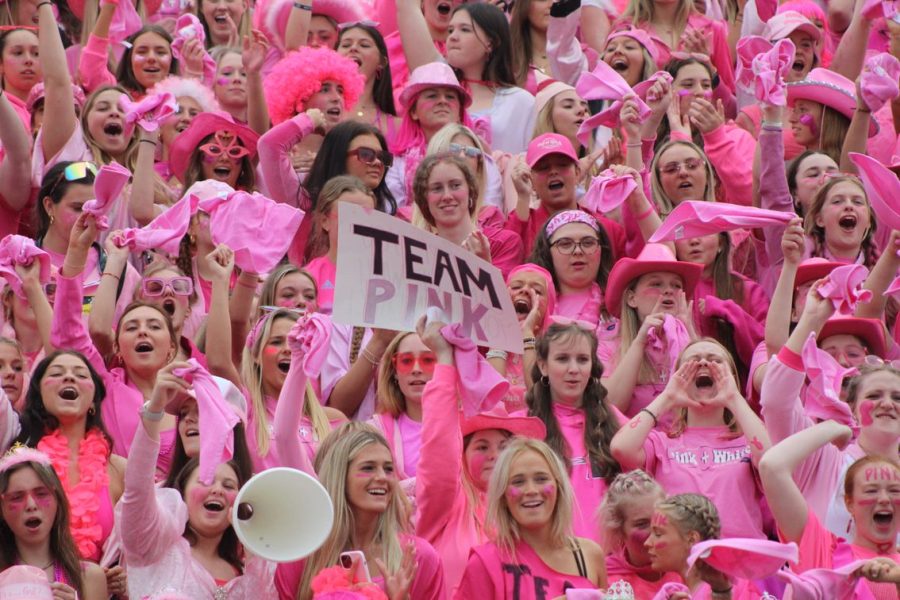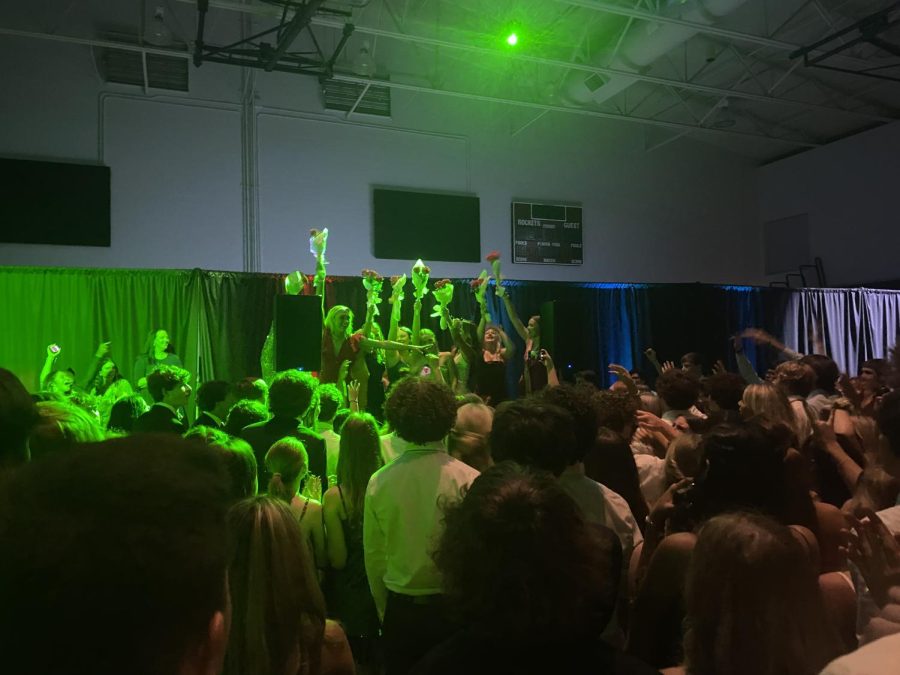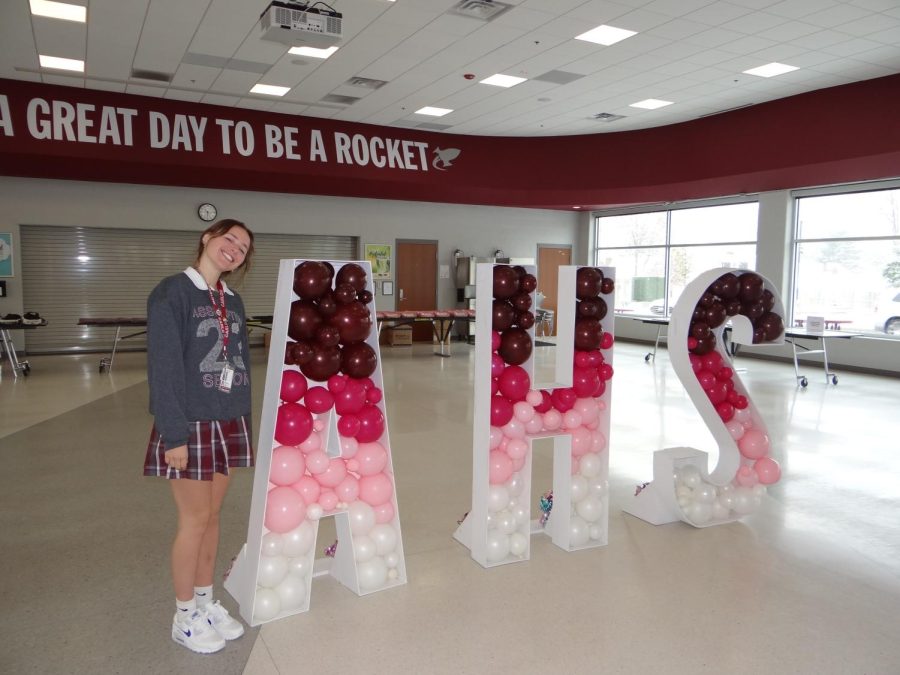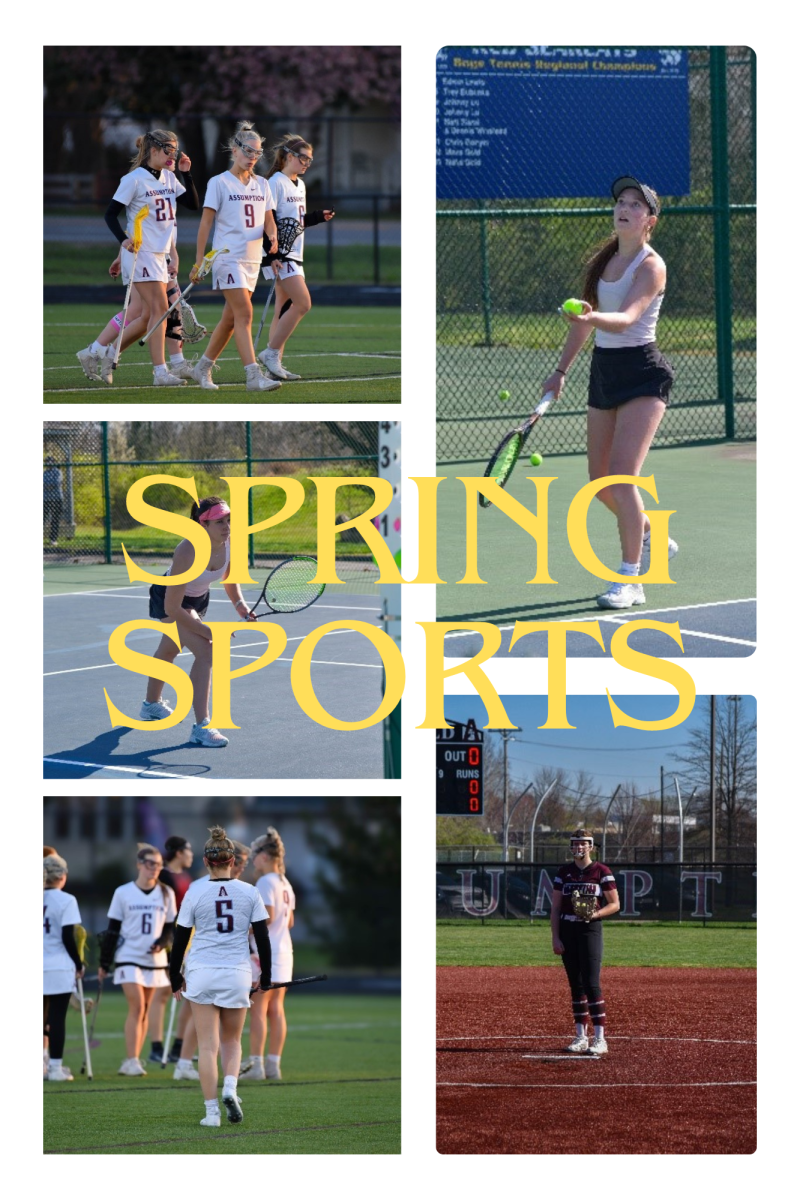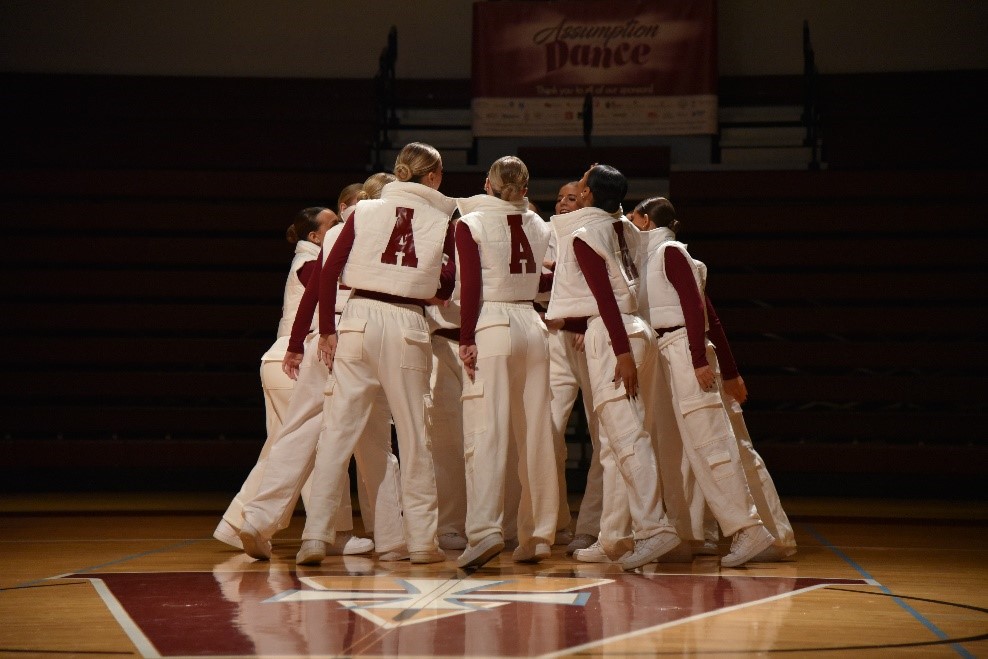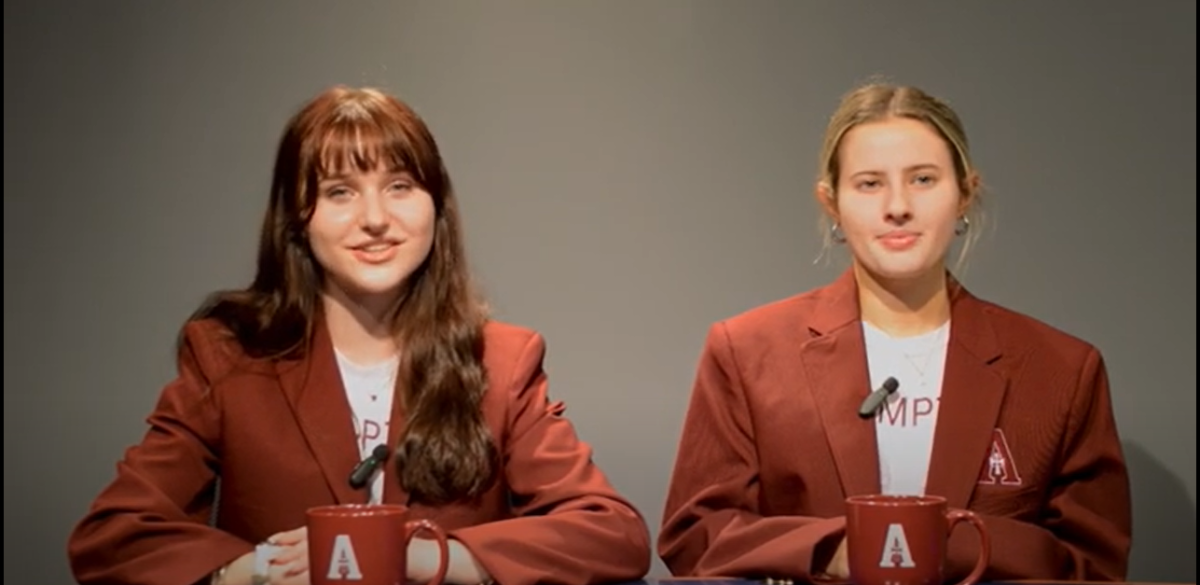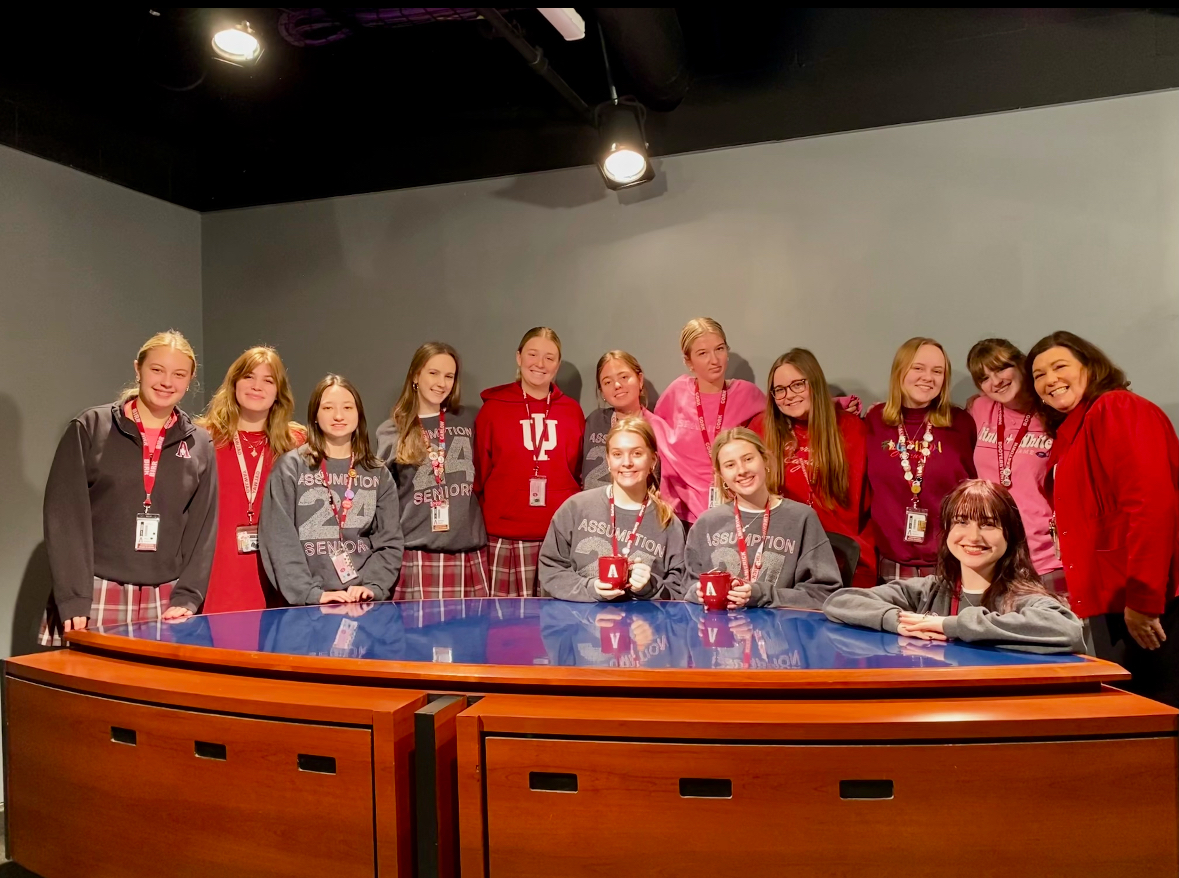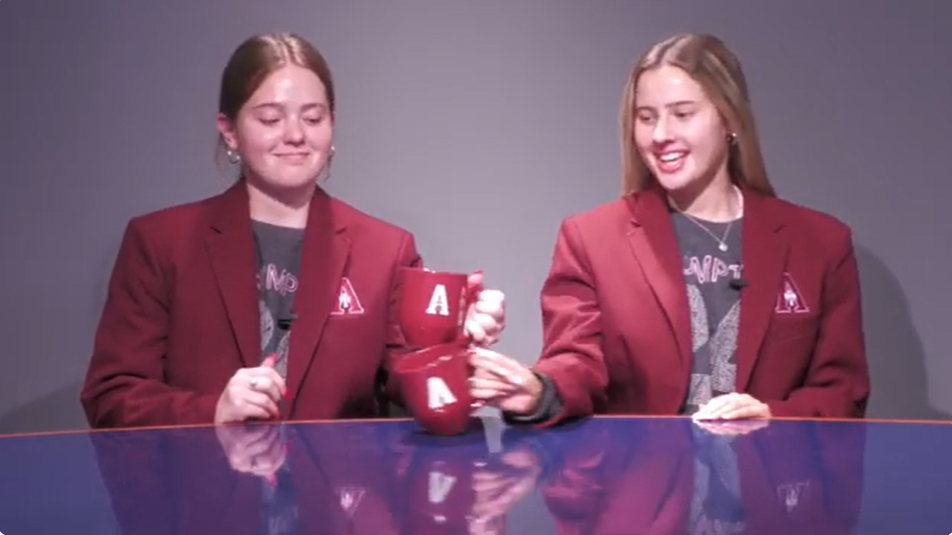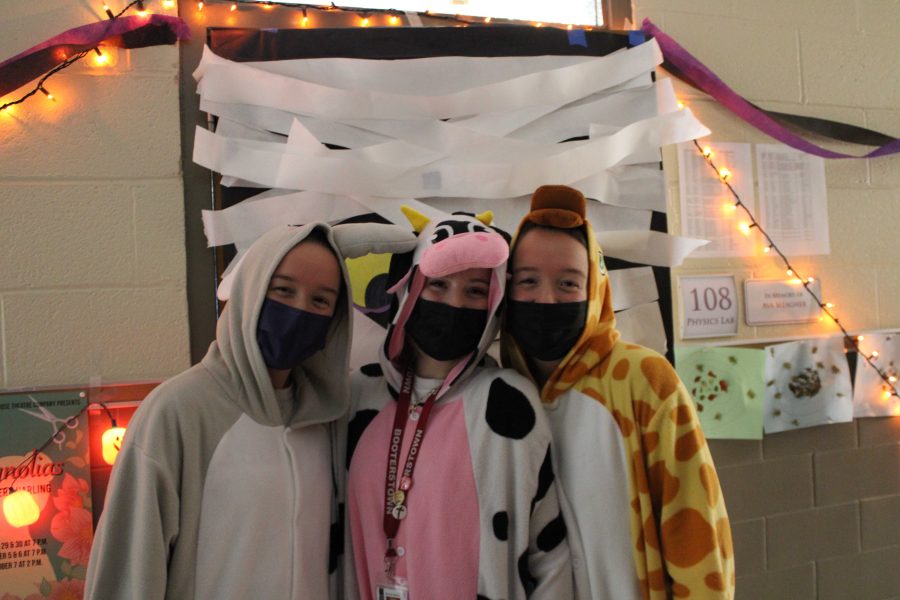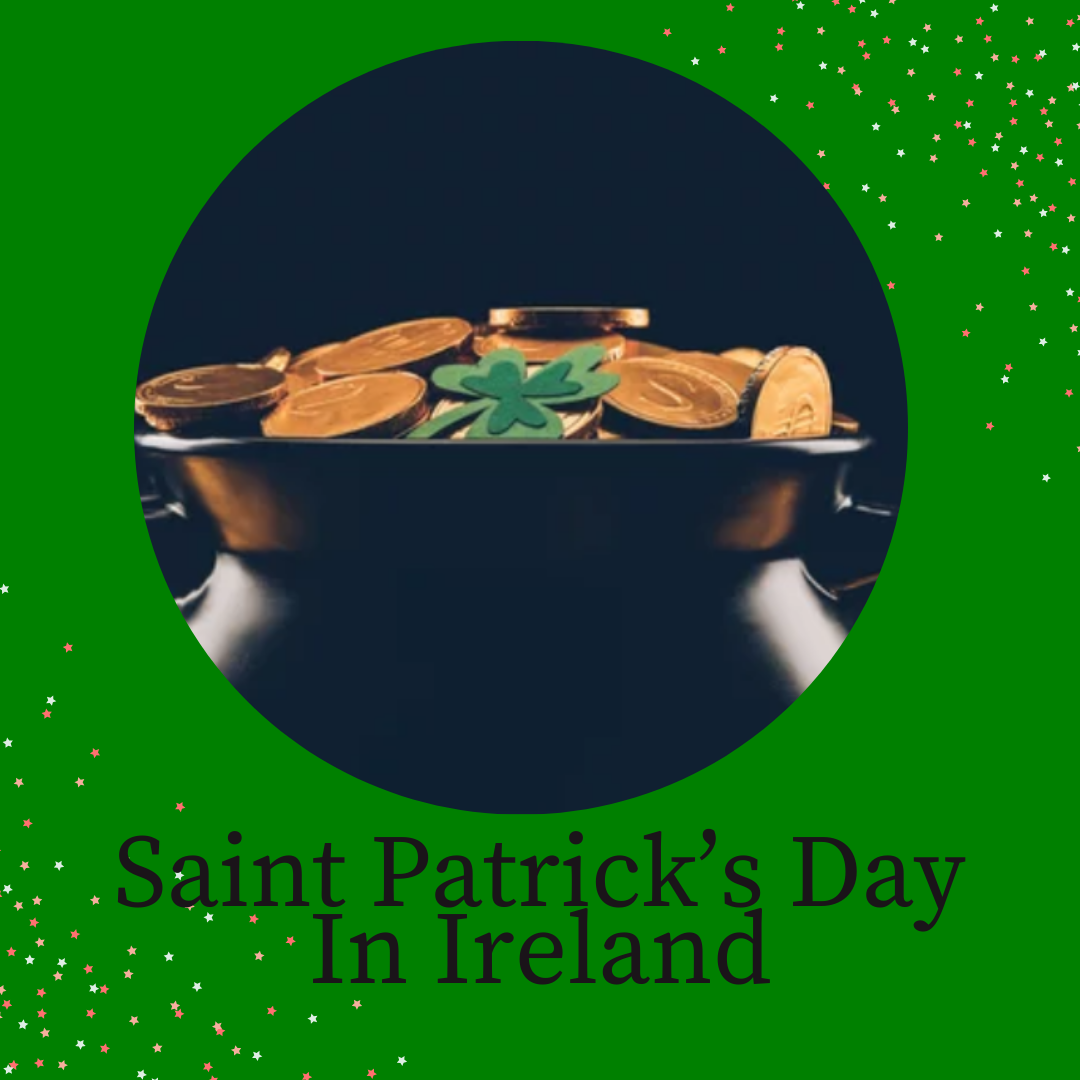Everyone loves haunted houses, caramel apples, and candy corn. Halloween is a fun day where kids dress up to go trick or treating and families decorate their houses with ghosts, spider webs, and jack-o-lanterns. With all the fun activities, the history and true meaning of Halloween is forgotten about.
Halloween dates back to the ancient Celtic festival. This festival celebrated the ending of summer/good weather and the coming of winter and hard times. The Celts believed during this time the line between the life and death became blurred, so the deceased could return to Earth. To keep the ghosts from coming back and haunting people, Celts would start large bonfires burning sacrifices and dress up, usually wearing animal hinds and skulls.
Later, the Christians took over the Celtics land and people. In 609 A.D., Pope Boniface IV started celebrating Martyrs Day on November 1st to honor all of the Christian martyrs. Later Pope Gregory III established what we know now, All Saints Day to honor both saints and martyrs. In 1000 A.D. the church split up these two days, creating All Souls Day and All Saints Day. With the spread of Christianity, these two holidays started to spread around the world. All Souls Day started to be celebrated like the Celtic festival, with big bonfires, parades, and dressing up in costumes as saints, angels, and devils.
Throughout history, traditions started to change. The day before All Saints Day was also called All-hallows or All-Hallowmas (from Middle English language meaning All Saint’s Day). That night, people would celebrate the way the Celtics did in the past. It grew as a tradition, and began to be called All Hallows Eve, eventually being changed to Halloween.
This is the evolution of Halloween. Dressing up as ghosts, witches, or a favorite celebrity is always fun. However, Halloween itself relates back to the Celtic people and their traditions. As well as practicing Catholic traditions and celebrations that date back to more than 1,000 years ago.
By: Meg Ralston

